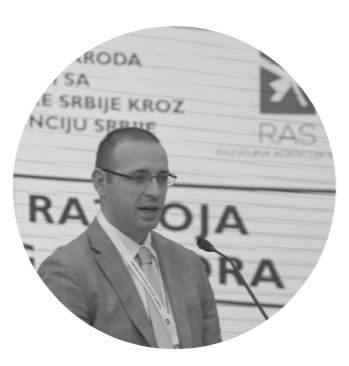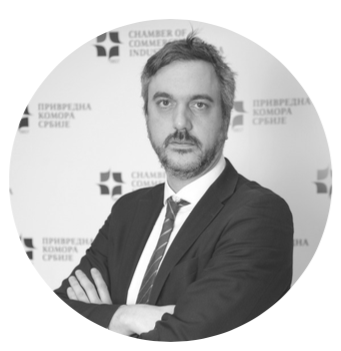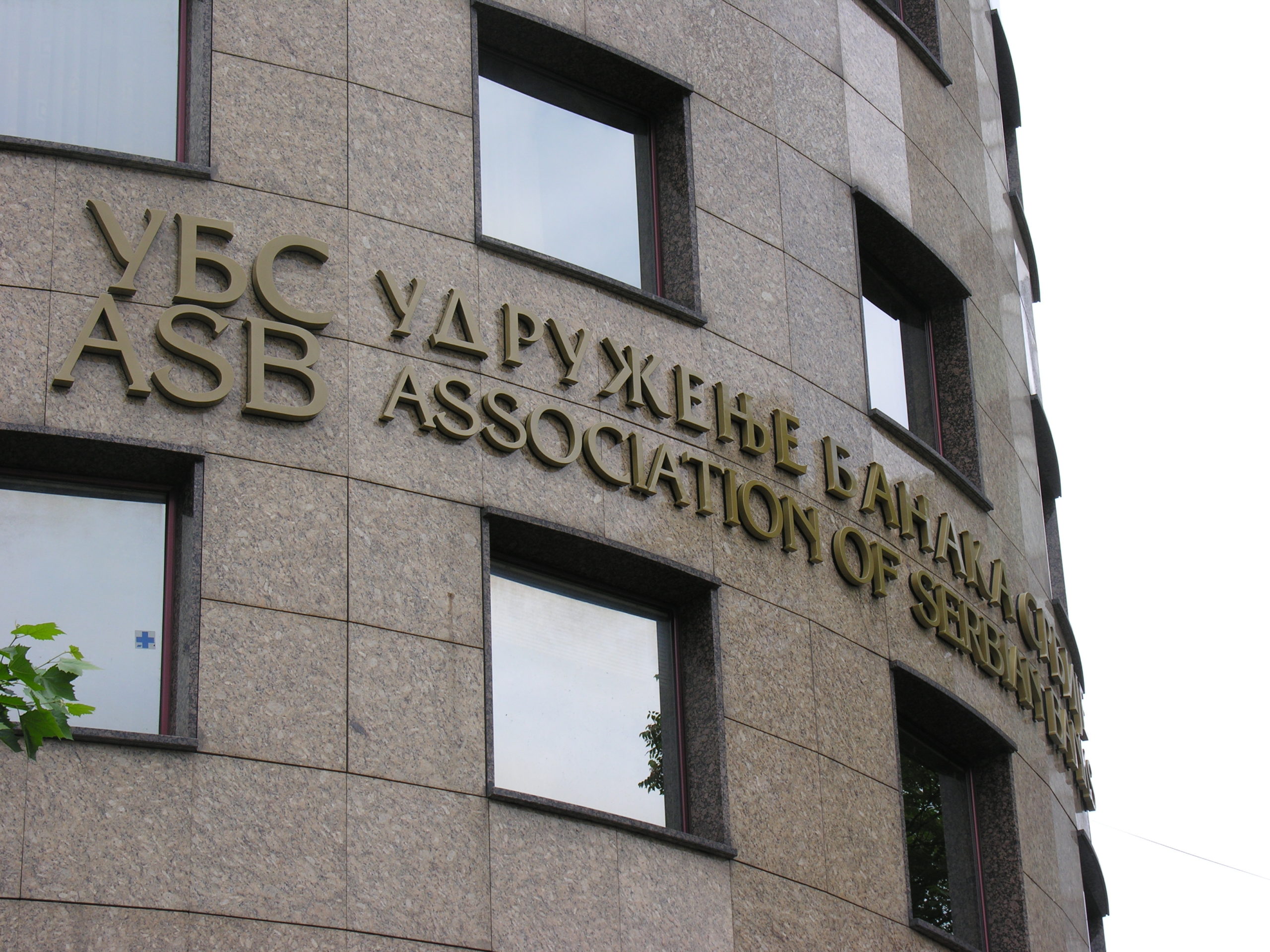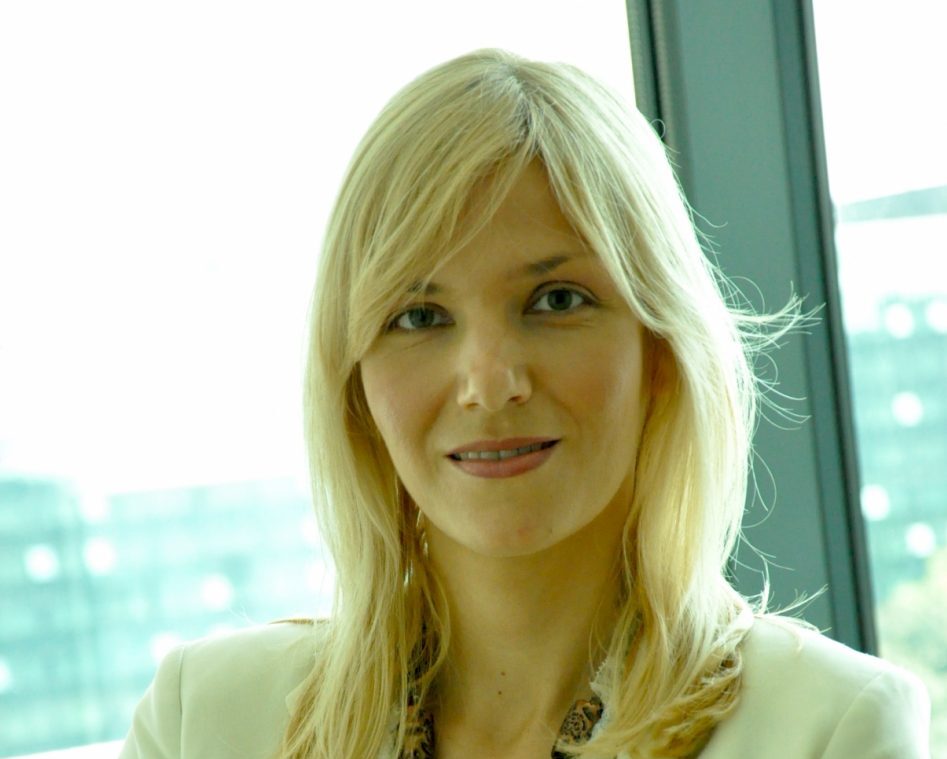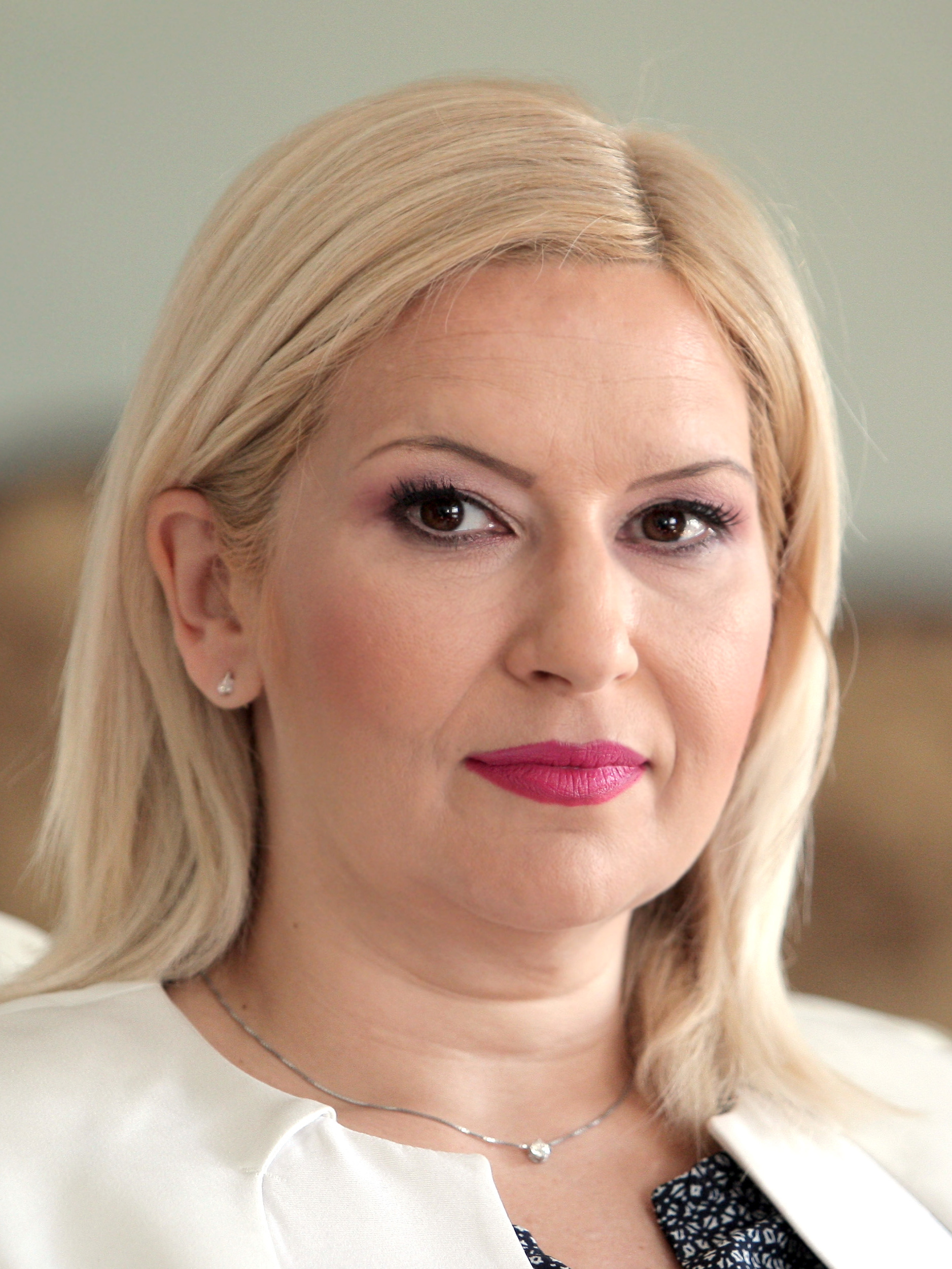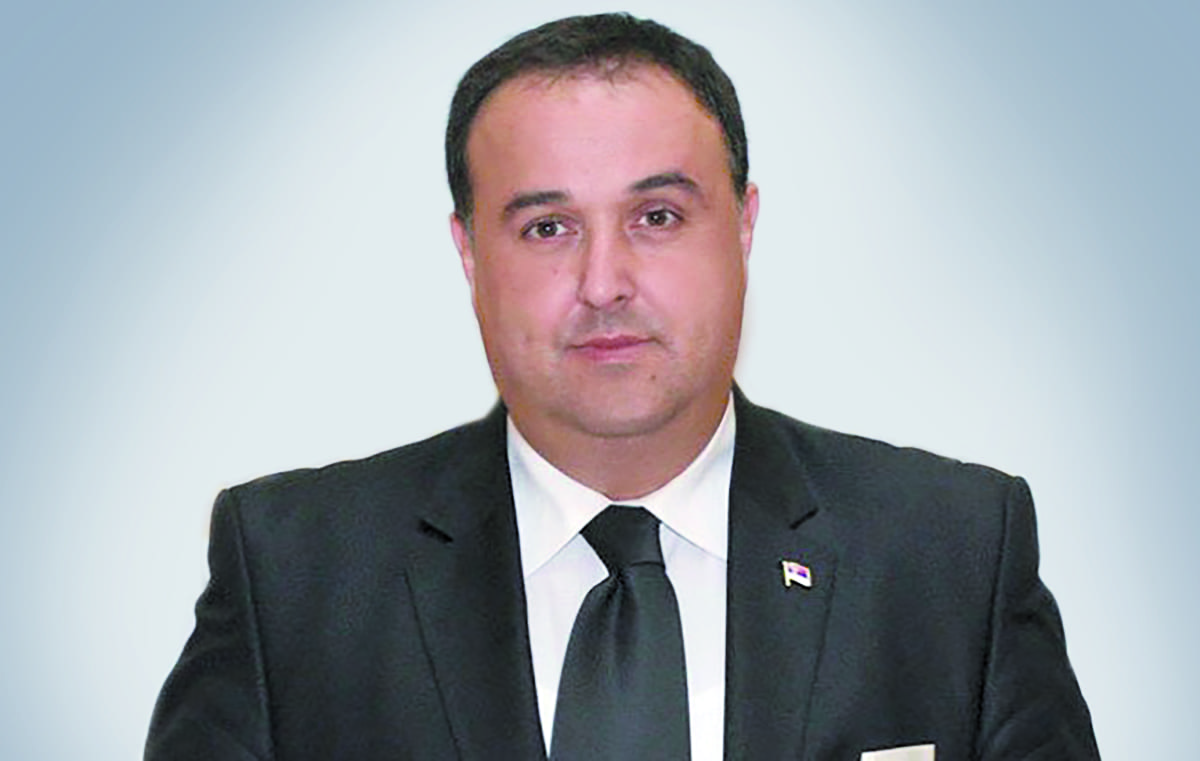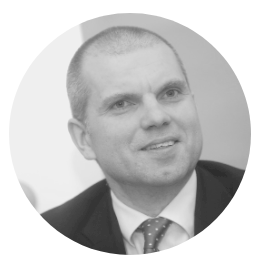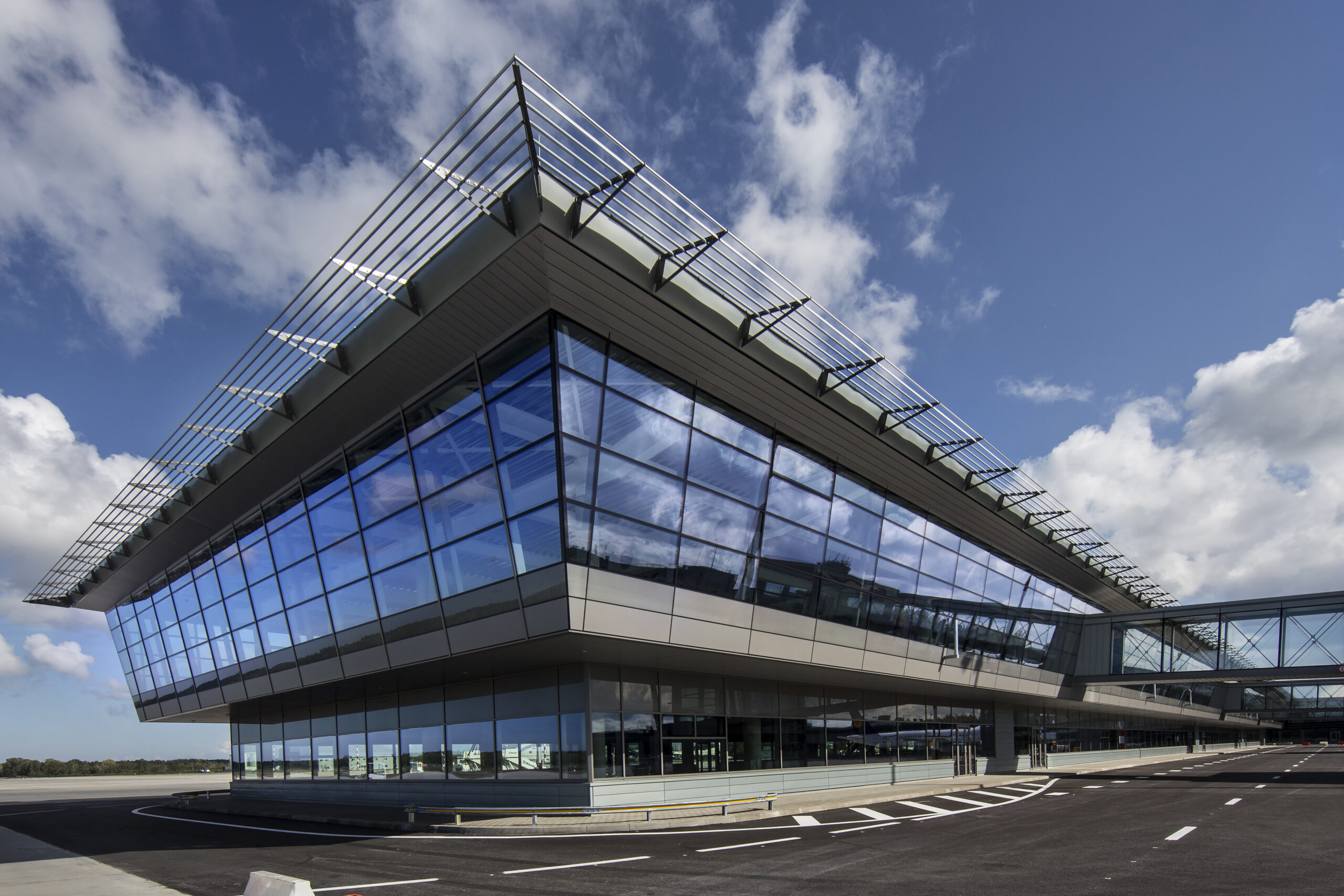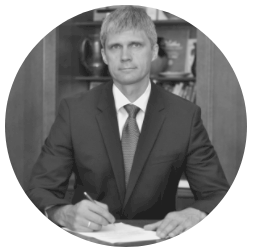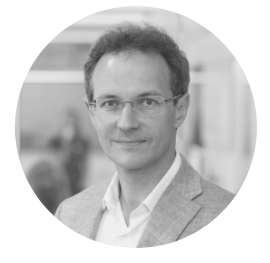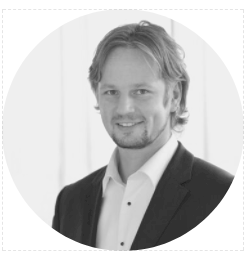How a revolutionary dental technology company is making millions of people smile

Diego Gabathuler, CEO of Ivoclar Vivadent, inspects technological progress within the company’s inhouse R&D department.
Diego Gabathuler is a man on a mission to improve people’s lives and make them smile. The CEO of Ivoclar Vivadent, one of the world’s leading dental companies, is passionate about the life-changing effects of good oral health and a beautiful smile. It is what drives him to succeed, and his passion and enthusiasm inspires the same in his employees.
While leafing through correspondence in his office, Gabathuler picked out a personal letter from a patient. Her life was transformed following treatment with Ivoclar Vivadent’s IPS e.max, an advanced ceramic tooth restoration system. While looking at the letter, Gabathuler explained, “The young woman had very severe problems with her teeth and wrote to thank me for how much we changed her life. She was not fully enjoying life and could not be the mother she wanted to be for her kids because she lacked self-confidence. After the treatment, she became a completely different person; her happiness was visible through her sparkling eyes and confident smile.”
The woman is one of 150 million people who is smiling thanks to Ivoclar Vivadent’s worldwide leading restoration system IPS e.max. The transformative effects they are enjoying result from the international dental technology company’s core aim of changing the world and creating beautiful natural smiles with innovative and aesthetic solutions. “We are not just a technology company, what we are doing here touches lives,” continued Gabathuler.
Improving Quality of Life
As Ivoclar Vivadent’s CEO is keen to point out, having good teeth is not only about aesthetics, but also contributes to physical and emotional wellbeing. Researchers discovered that a healthy mouth may help ward off medical disorders, while an unhealthy oral environment increases the risk of severe health problems such as cardiovascular disease and some types of cancer. A healthy, happy, bright smile also improves quality of life by boosting confidence, self-esteem, and general happiness.
Pioneering Spirit
With disruptive solutions and a comprehensive product and system range for dentists and dental technicians, Ivoclar Vivadent is making a huge impact on patient health and happiness, and how dentistry is practiced. From its headquarters in business-friendly Liechtenstein, the technology pioneer has been an industry-changing force in the dental industry for almost 100 years. Essential to its success is strong in-house R&D and technology.
“We have disruption in our DNA and have disrupted the market more than once in the last 100 years,” said Gabathuler. “For me, innovation and disruption are two different things. Innovation incrementally makes things better, while disruption completely rethinks the way things are done. I find this [disruption] fascinating, and this is who we are. This describes Ivoclar Vivadent. Most companies can innovate, but very few can disrupt.”
“We have disruption in our DNA and have disrupted the market more than once in the last 100 years”
Diego Gabathuler, CEO, Ivoclar Vivadent
For Gabathuler, disrupting the industry involves upending previous dental practices and re-inventing outdated equipment. Ivoclar Vivadent’s product offerings aim to improve oral health and aesthetics as well as add value for customers and shareholders. “But first and foremost, the focus of thinking should be on how can we make people’s lives better.”
Ivoclar Vivadent’s roll call of disruptive innovations includes the new “Ivotion” Digital Denture System, a complete processing chain for the digital production of removable dentures, and OptraGate. This unique, soft, and latex-free mouth-opener is still one of the fastest-growing products. It has radically improved the efficiency and comfort of dental treatments.
Previous lip and cheek retractors were rigid devices made of hard plastic or metal that were painful for patients and obstructed dentists while they were working. But thanks to OptraGate’s unique flexibility and elasticity, patients can keep their mouth open and relax in the chair while dentists have an easily accessible and manageable treatment field.
Future Plans
Improving the world through disruptive innovation is an ongoing mission at Ivoclar Vivadent. Gabathuler is excited about the company’s future, which includes continued expansion into USA markets. He cannot comment specifically about what is coming along the product pipeline in the near future. However, in-house innovation teams are working on several novel products to improve the customer experience through intelligent, streamlined workflows. Ultimately, Ivoclar Vivadent is set to make life easier and more productive for dental professionals, which in turn will improve patient outcomes, in terms of aesthetics and longevity.

